
Vueron Newsletter
No. 79
2024.01.09
| Valeo and Applied Intuition partner to enhance ADAS simulation with digital twin tech | ||
| Continental, Aurora finalize design of self-driving trucks | ||
| GM robotaxi unit Cruise offers $75,000 to resolve crash probe | ||
| Autonomous delivery startup Nuro taps simulation company Foretellix to cut R&D costs |
1. Valeo and Applied Intuition partner to enhance ADAS simulation with digital twin tech
-
- Valeo and Applied Intuition have formed a partnership to create a digital twin platform for Advanced Driver Assistance Systems (ADAS) sensor simulation in vehicles.
- The collaboration aims to help Original Equipment Manufacturers (OEMs) accelerate the development and market introduction of safe and reliable ADAS features.
- The digital twin platform leverages a database to provide global locations with diverse scenarios for ADAS perception testing and validation.
- Applied Intuition’s sensor simulation product, Spectral, can be integrated with these digital twins, allowing OEMs to create more accurate simulations compared to traditional methods.
- The joint solution enables manufacturers to ensure the safety, performance, and reliability of critical algorithms, facilitating the rapid development of production-ready ADAS perception systems.
- The focus of the digital twin platform is on simulating Valeo’s Scala 3 lidar initially, with plans to expand to other Valeo sensors for Software-in-the-Loop (SIL) and Hardware-in-the-Loop (HIL) testing.
- Peter Ludwig, CTO and co-founder of Applied Intuition, emphasizes the significant advantages of digital twins in ADAS simulation, citing their ability to achieve more breadth and accuracy than other simulation technologies.
- Clement Nouvel, CTO of LiDAR at Valeo, sees the partnership as a commitment to pushing the boundaries of autonomous driving features’ development speed while enhancing safety through digital twin technology.
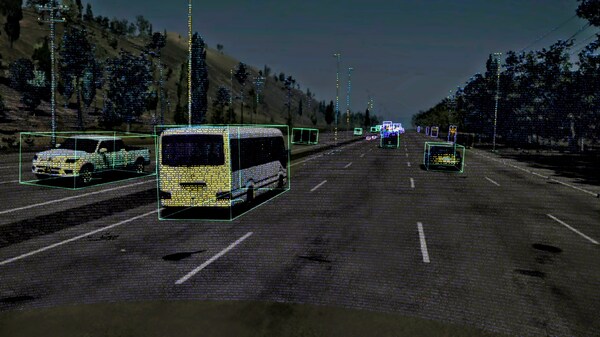
Digital twin technology is highlighted as a key enabler for comprehensive and accurate ADAS simulations, providing a diverse set of scenarios and environments for testing. The partnership reflects a commitment to redefining LiDAR perception for autonomous driving through technological advancements, emphasizing safety and rapid development.
2. Continental, Aurora finalize design of self-driving trucks
-
- Continental and Aurora Innovation have achieved a significant milestone in their partnership to commercialize autonomous trucks at scale.
- The companies have finalized the design and architecture of the future fallback system and hardware for the Aurora Driver, an SAE Level 4 autonomous driving system.
- Continental plans to begin production in 2027, aiming to establish the world’s first scalable autonomous trucking system.
- The collaboration focuses on developing reliable, serviceable, and cost-efficient autonomous hardware kits for mass production, addressing the complex and time-consuming nature of bringing new hardware to the market.
- Aurora intends to deploy autonomous trucks at scale after the initial driverless launch in 2024, leveraging Continental’s automotive development and manufacturing expertise.
- The future Aurora Driver is expected to provide value to customers for up to one million miles, emphasizing the potential for long-term benefits.
- The partnership includes the development of an industrialized fallback system, projected to be available in 2027, with built-in backups to take over in case of component or sensor failure for self-driving vehicles.
- The dual engineering approach aims to minimize single points of failure in both the primary and fallback systems, enhancing safety and reliability.
- Chris Urmson, Co-Founder and CEO at Aurora, sees the finalized hardware design as a meaningful step toward making the economics of the Aurora Driver compelling for long-term business success.
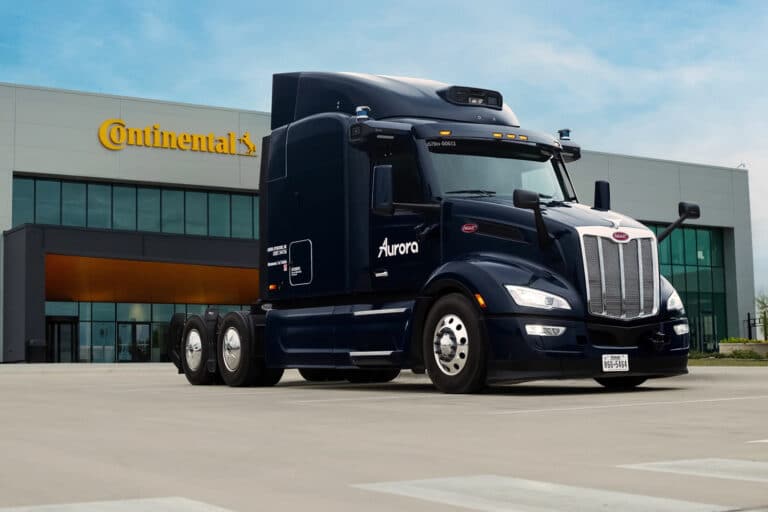
The hardware design completion follows less than a year after the initiation of the partnership, indicating a rapid progression toward high-volume manufacturing of autonomous trucking systems.
3. Hesai Technology Secures Major Design Win, Reinforces Position as a Global Leader in Automotive Lidar Technology
-
- Hesai Technology, a leading player in lidar technology for automotive applications, has secured a significant design win by collaborating with a major global Original Equipment Manufacturer (OEM).
- The collaboration involves integrating Hesai’s advanced long-range lidar sensor, the AT128, into the new flagship electric vehicle Advanced Driver-Assistance Systems (ADAS), emphasizing the importance of lidar technology in improving intelligent driving systems and road safety.
- Hesai has an impressive track record, having secured over 50 ADAS series production Electric Vehicle (EV) models from 15 major OEMs and Tier-1 suppliers, establishing itself as a global leader in the automotive lidar market.
- The company’s comprehensive in-house capabilities, including manufacturing, research and development, and design, enable the provision of high-performance, top-quality, and cost-effective lidar solutions.
- With offices in Shanghai, Palo Alto, and Stuttgart, Hesai Technology has a global presence, serving customers in more than 40 countries. This allows the company to address diverse automotive needs and challenges, contributing to its market leadership.
- The announcement includes forward-looking statements acknowledging potential risks and uncertainties that could impact the company’s actual results. Despite this, Hesai expresses confidence in its business outlook and strategic plans, driven by growth trends in the ADAS, autonomous mobility, and robotics industries.
- As the automotive industry evolves towards more intelligent and safer solutions, Hesai’s lidar technology is positioned to play a crucial role.
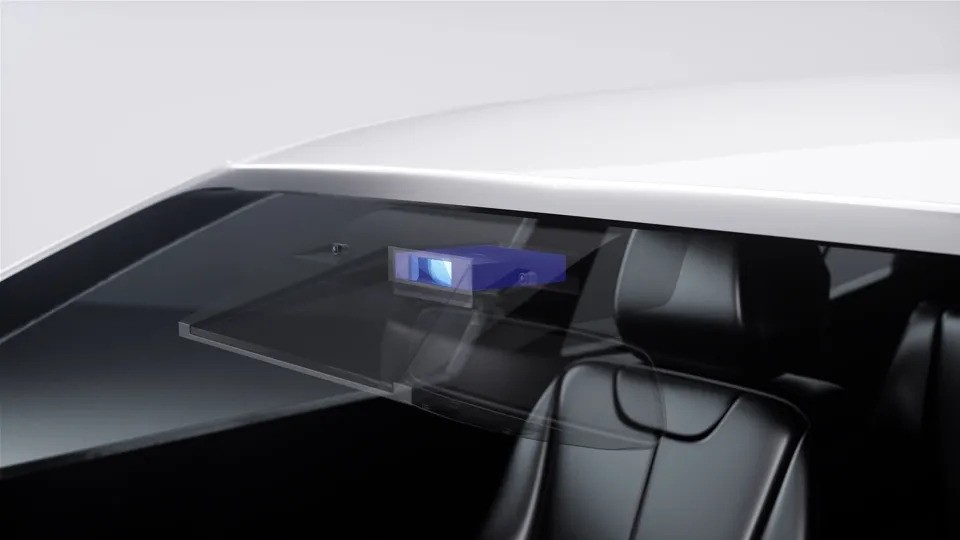
Hesai’s collaboration with a major OEM to integrate its lidar sensor into flagship electric vehicle ADAS highlights the growing importance of lidar technology in enhancing intelligent driving systems and road safety. The company’s extensive track record and numerous design wins underscore its leadership position in the automotive lidar market, with recognition from major OEMs and Tier-1 suppliers.
4. GM robotaxi unit Cruise offers $75,000 to resolve crash probe
-
- General Motors’ Cruise robotaxi unit has offered to pay $75,000 to resolve an investigation by California regulators regarding its failure to disclose details of a pedestrian crash involving a self-driving car.
- The California Public Utilities Commission had ordered Cruise to appear at a Feb. 6 hearing for misleading the commission through omission and making misleading public comments about the October crash.
- Cruise, which has fired nine executives, including the COO and chief legal and policy officer, over the crash, requested a deferral of the hearing and proposed an alternative dispute resolution.
- Cruise, represented by law firm Quinn Emanuel, expects the investigation findings to be made public before Feb. 6 and has offered to enhance its reporting of collisions to the commission as part of the settlement.
- The company expresses commitment to significant process improvements in its interactions with regulators, increased transparency, cooperation, and rebuilding regulatory trust with the commission.
- Cruise had halted all U.S. testing operations and pulled its vehicles from self-driving testing after California suspended its driverless testing permit following the October accident.
- The California Department of Motor Vehicles ordered Cruise to remove its driverless cars from state roads in October, citing risks to the public and misrepresentation of technology safety. The National Highway Traffic Safety Administration also opened an investigation into pedestrian risks at Cruise.
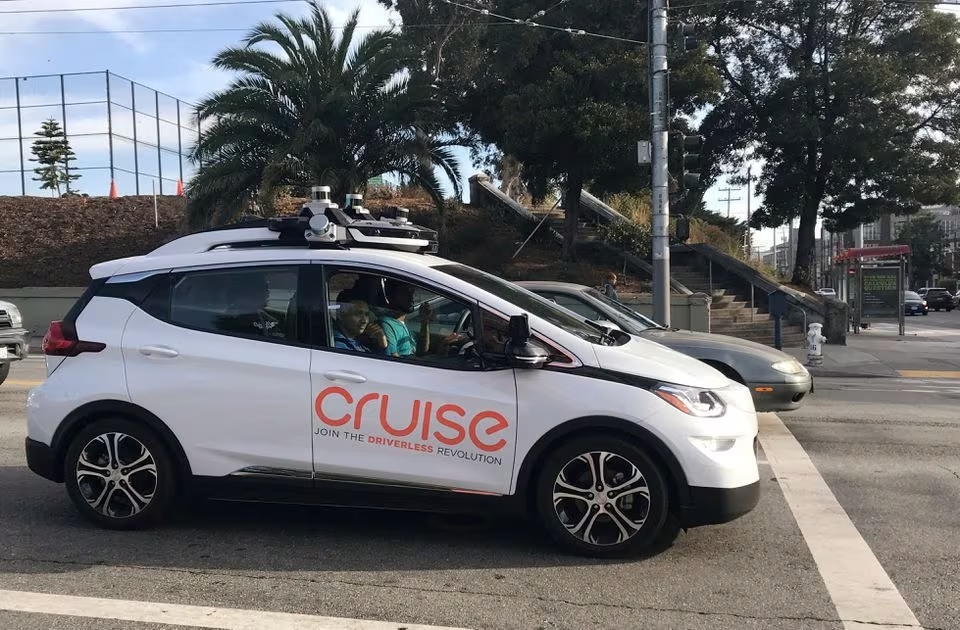
The request for deferral and alternative dispute resolution suggests Cruise’s desire to address regulatory matters through negotiated settlements rather than a formal hearing. Commitments to process improvements, transparency, cooperation, and rebuilding regulatory trust demonstrate Cruise’s recognition of the importance of regulatory compliance and positive relationships with oversight bodies.
5. Autonomous delivery startup Nuro taps simulation company Foretellix to cut R&D costs
-
- Autonomous delivery startup Nuro has partnered with safety-focused software company Foretellix to assist in virtual testing of its automated driving system, aiming to reduce research and development costs while advancing technology.
- Nuro, once a prominent player in the AV industry with over $2 billion in funding, has undergone workforce cuts and restructuring in the past 18 months, shifting away from planned commercial operations.
- The partnership with Foretellix comes amid challenges in the broader AV industry, including workforce reductions at GM’s Cruise, TuSimple exiting the U.S. market, and Argo AI shutting down in fall 2022.
- Nuro emphasizes cost-effectiveness in its operations and views the partnership with Foretellix as part of its commitment to prudent capital management, without indicating a change in plans.
- Foretellix, backed by Toyota and Nvidia, specializes in verification and validation software, generating millions of scenarios for testing autonomous software, easing the burden on in-house teams.
- The software automatically analyzes driving logs from Nuro’s test vehicles, enabling simulation of various scenarios without the time and complexity of real-world testing.
- Foretellix has previously partnered with Volvo Group and Torc Robotics for its simulation software, and the recent deal with Nuro was in development for about a year before being announced.
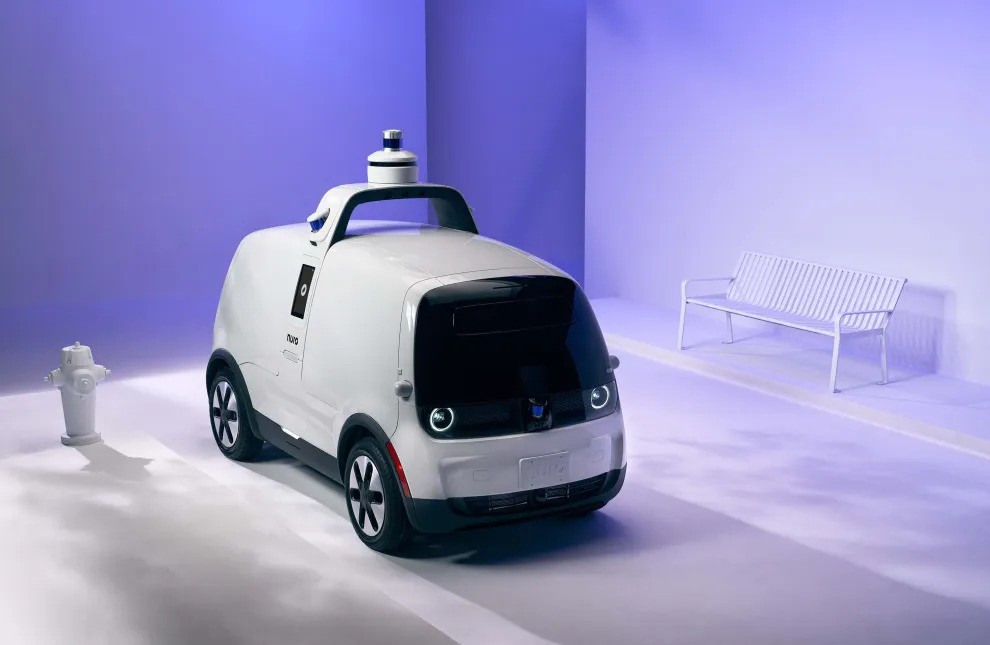
Nuro’s collaboration with Foretellix highlights the strategic move towards virtual testing to cut R&D costs while maintaining progress in developing its automated driving system. The partnership with Foretellix indicates Nuro’s proactive approach to leveraging external expertise and tools to enhance its development process, a common strategy in the dynamic and challenging field of autonomous vehicles.
*Contents above are the opinion of ChatGPT, not an individual nor company

